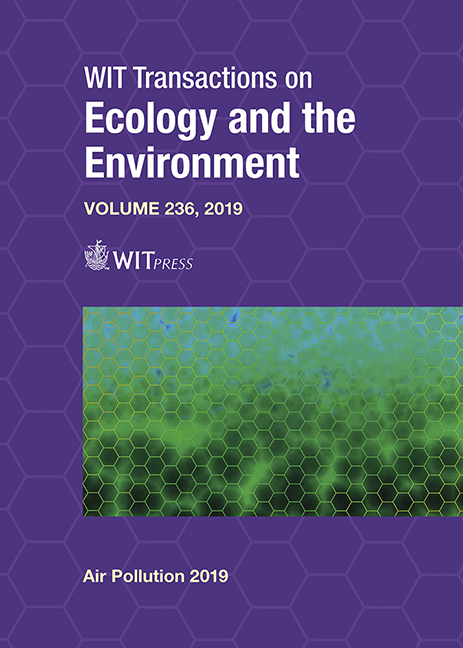INTEGRATED METHODOLOGY FOR THE MANAGEMENT OF HUMAN EXPOSURE TO AIR POLLUTANTS
Price
Free (open access)
Transaction
Volume
236
Pages
10
Page Range
287 - 296
Published
2019
Size
434 kb
Paper DOI
10.2495/AIR190281
Copyright
WIT Press
Author(s)
MARCO SCHIAVON, ELENA CRISTINA RADA, LUCA ADAMI, FEDERICA FOX, MARCO RAGAZZI
Abstract
The assessment of the impacts of future civil/industrial plants on air quality is traditionally based on the environmental assessment procedure, which, however, may lead to different conclusions depending on the choice of the target area and the emission sources already present, and may underestimate the global impacts on health, society and economy. The paper proposes an organic multi-step methodology to carry out health risk assessments on a target area, to assess the incidence of emissive activities under evaluation for authorisation, and, as an additional matter of novelty, to study mitigation/compensation measures to take their future impacts back to acceptable levels, if their contributions are expected to exceed acceptable risk parameters. Criteria for the definition of target areas, emission calculation, dispersion modelling, the health risk assessment procedure, the verification of the risk acceptability and the compensation approach are described in detail. The current potential limitations of the approach are discussed and solutions to overcome such weak points are proposed. In view of a sustainable integration of new activities within local contexts, this methodology aims at guiding decision makers to carry out the screening of projects in terms of health impacts, according to a standardised approach.
Keywords
dispersion modelling, health risk, emissions, air quality, cancer risk, hazard index, environmental impact, external costs, environmental sustainability





